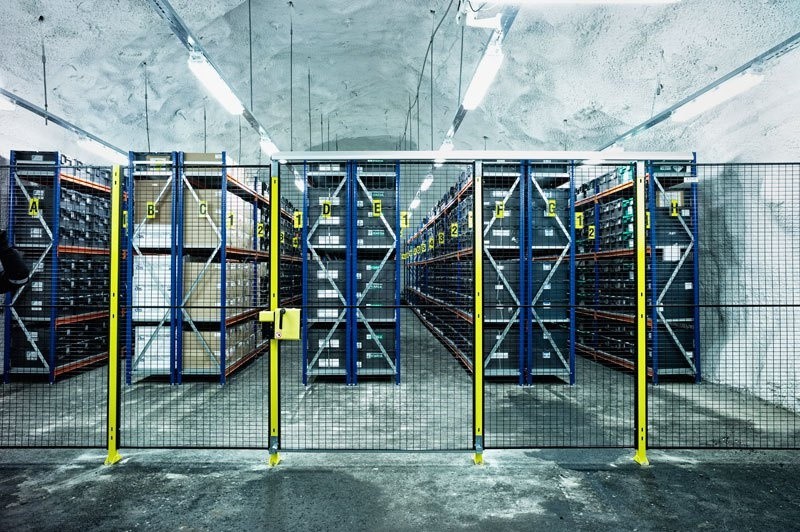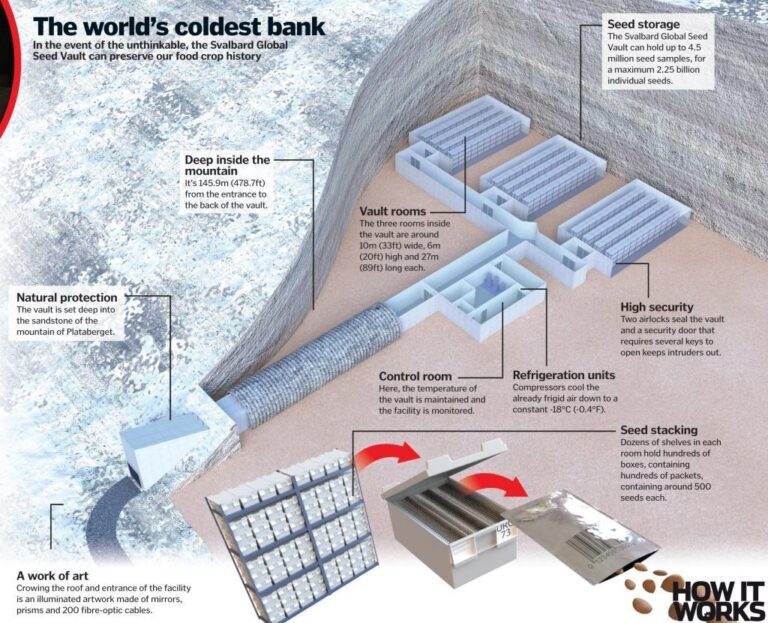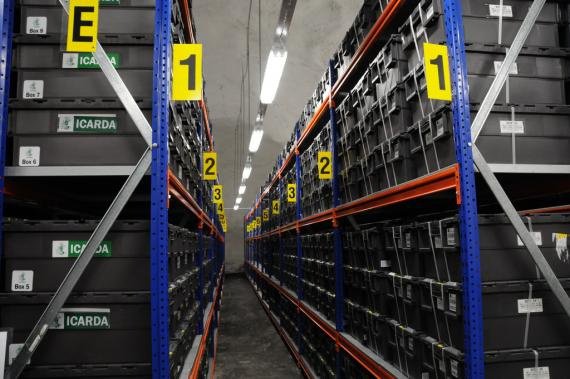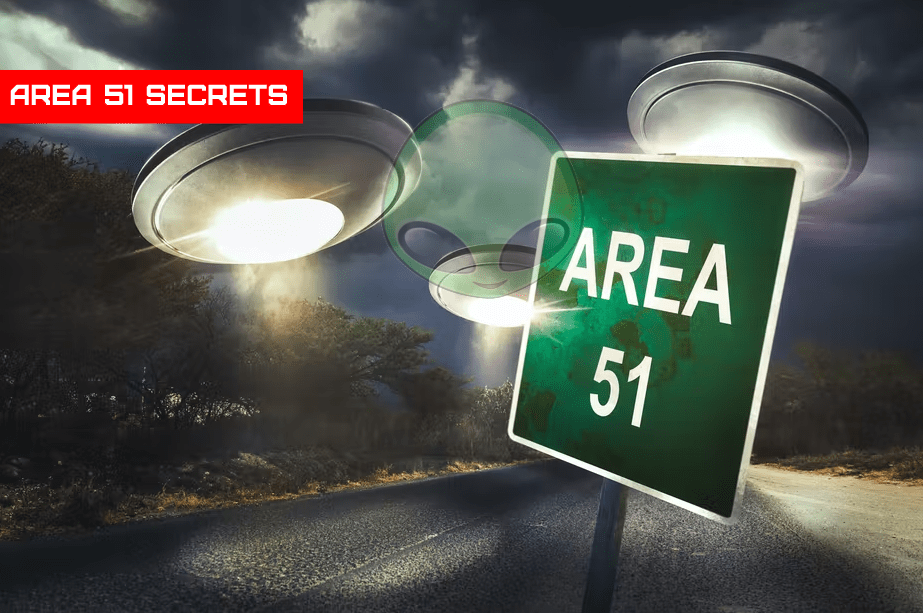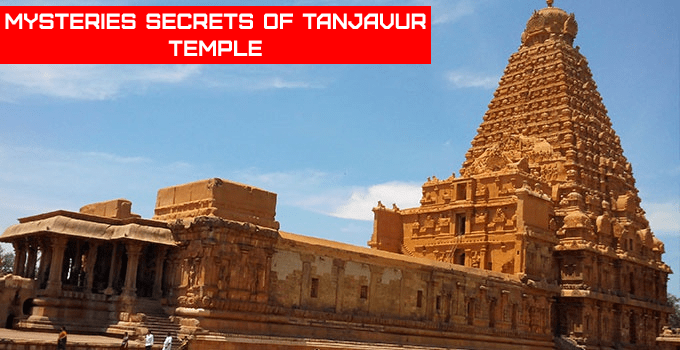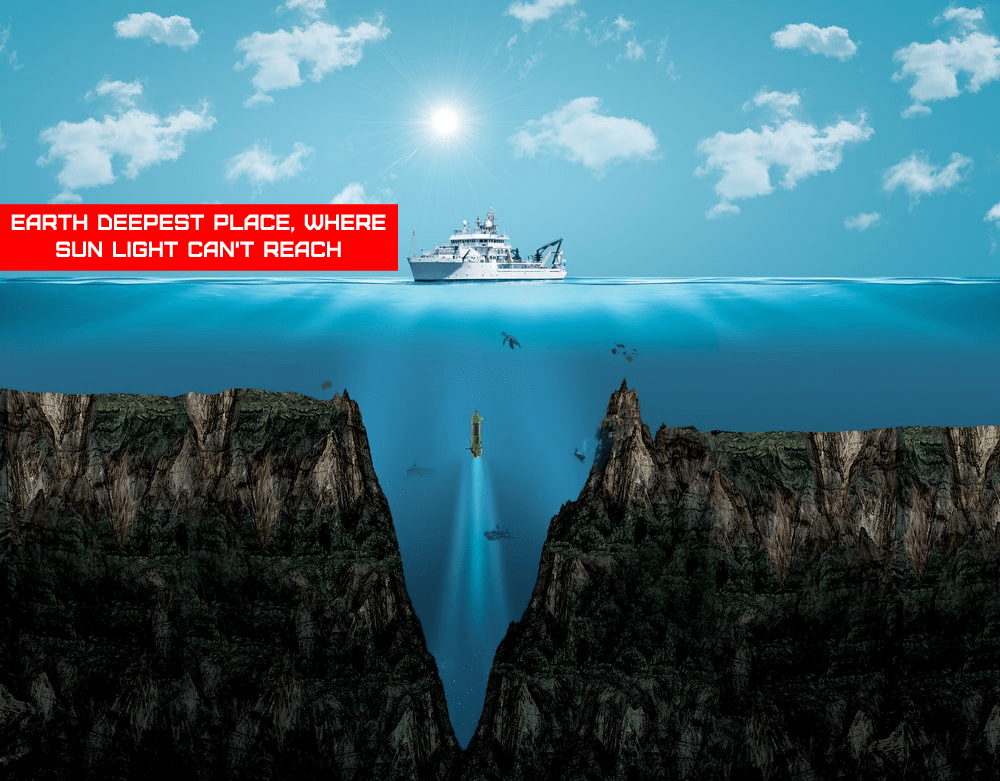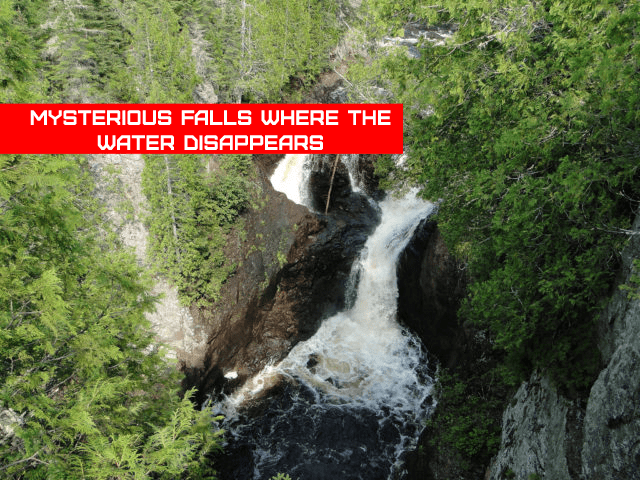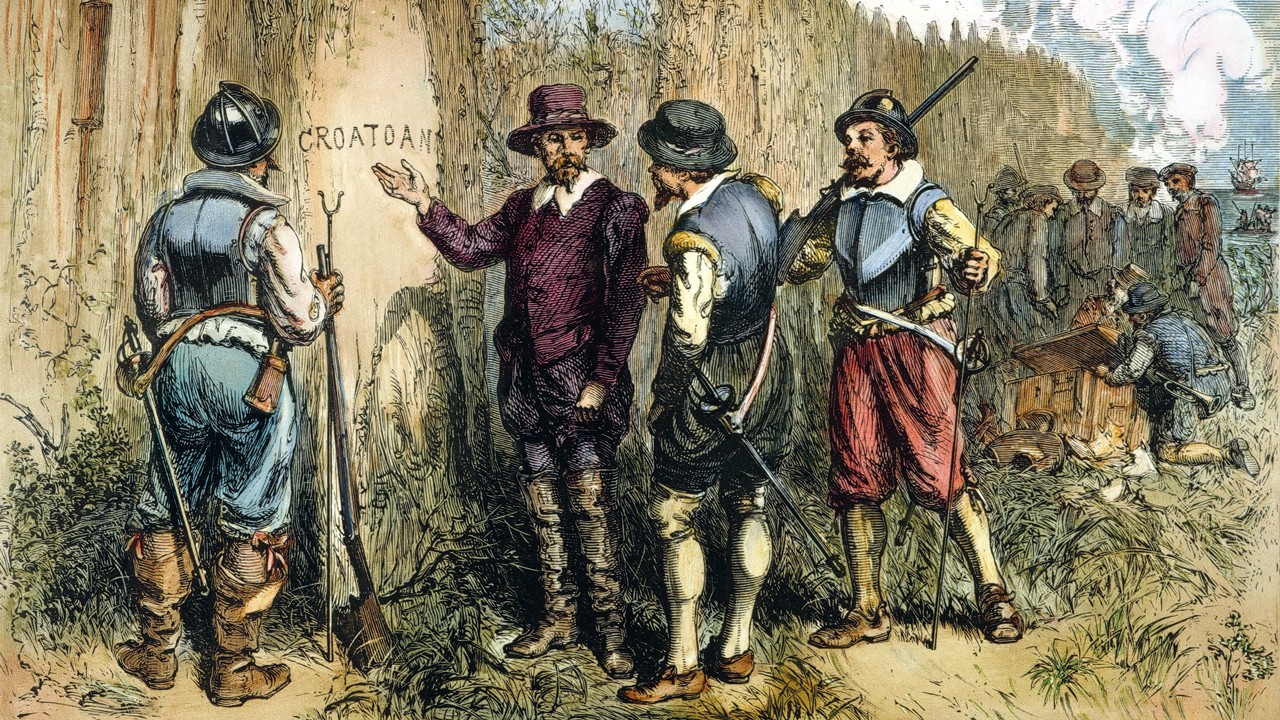The Seed Vault houses copies of 1,145,693 seed kinds from nearly every country on the planet, with capacity for millions more. Its goal is to protect the foundation of our future food supply by backing up genebank collections.
About Svalbard Global Seed Vault
Deep inside the depths of an ice mountain on an island above the Arctic Circle between Norway and the North Pole lurks a resource critical to humanity’s future. It is seeds, not coal, oil, or valuable minerals.
Millions of these small brown specks from over 930,000 different food crop species are preserved in the Global Seed Vault on Spitsbergen, Norway’s Svalbard archipelago. It is effectively a huge safe deposit box containing the highest volume of agricultural biodiversity. “This facility contains 13,000 years of agricultural heritage.”
It’s tough to imagine a more distant location than Svalbard’s Arctic tundra. It is the furthest north you can fly on a commercial aircraft, and it is a huge white stretch of frozen desolation aside from the adjacent town of Longyearbyen.
The Worldwide Seed Vault has been dubbed the “doomsday” vault, conjuring up visions of a seed reserve to be used in the case of a worldwide tragedy or cataclysmic event.
On this time, samples from India, Pakistan, and Mexico were placed alongside seeds from Syria, whose population are facing their own apocalypse. “Every day, major and minor doomsdays occur throughout the planet.”
This winter provided an opportunity for the gene bank to make amends.
Why Need Global Seed Vault?
More than 1,700 genebanks throughout the world keep food crop collections secure, but many of them are fragile, vulnerable not only to natural disasters and conflict, but also to preventable calamities like a lack of financing or bad administration.
Something as little as a broken freezer may devastate a whole collection. And the extinction of a crop variety is as final as the extinction of a dinosaur, animal, or any other form of life. As a precaution against such catastrophic loss, the Seed Vault keeps duplicates (backups) of seed samples from the world’s crop collections.
How Global Seed Vault Work?
The Seed Vault is the ultimate food supply insurance policy, securing millions of seeds representing every major crop variety accessible today and providing solutions for future generations to handle the difficulties of climate change and population increase.
A temperature of 18 °C is essential for effective seed storage. Permafrost and thick rock guarantee that the seed samples remain frozen even in the absence of power. The seeds are packaged in three-ply foil wrappers that are sealed within boxes and housed on shelves within the Seed Vault.
The Seed Vault’s low temperature and moisture levels ensure low metabolic activity, keeping the seeds alive for lengthy periods of time.
Why Choose Svalbard?
Svalbard is the furthest north a person may go on a scheduled trip, providing a remote yet accessible place.
While the entrance is visible, the Seed Vault lies more than 100 metres underneath.
The region is geologically stable, with low humidity levels.
The Seed Vault is located considerably above sea level, protecting it from ocean flooding in the event of a worst-case scenario sea-level rise.
The permafrost provides natural freezing for the Seed Vault, enabling a cost-effective and fail-safe method of seed conservation.
Storage Level of Svalbard Seed Vault
The Seed Vault has a capacity of 4.5 million distinct crop varieties. Because each package of seeds contains an average of 500 seeds, the Seed Vault can hold up to 2.5 billion seeds.
The Seed Vault currently has over 1.1 million seed variants from practically every country on the planet. These vary from distinct African and Asian food mainstays like maize, rice, wheat, cowpea, and sorghum to European and South American eggplant, lettuce, barley, and potato variants. In reality, the Seed Vault already has the world’s most diversified collection of food crop seeds.
The Seed Vault’s goal is to preserve as much of the world’s unique crop genetic material as possible while minimising excessive duplication. It will take years to put together since certain genebanks need to expand seed supplies first, while other seeds need to be regenerated before they can be delivered to Svalbard.
Who will Take The Seed Out?
The seed boxes are kept under “black-box circumstances,” which means that only the depositors can extract their own seeds. Legal ownership of seeds is not transferred when they are placed in the Svalbard Global Seed Vault. This implies that a depositor who decides to keep seeds in the Seed Vault retains ownership of the seeds and is the only one who may extract them.
Interesting Things To Know About Svalbard Vault
- The vault is located on Svalbard, a Norwegian island.
- It functions similarly to a bank, except that instead of money, countries and organisations deposit seeds and can withdraw them as required. Norwegian legislation forbids the storage of genetically modified seeds.
- It is constructed into the mountain of Platberget.
- The seeds are stored at -18° C. This low temperature and lack of oxygen slows metabolism and causes seed ageing. If the electricity goes out, permafrost (ground that stays below 0°C all year) will keep the surrounding temps cold enough.
- It is also known as the “Doomsday Vault.” If there is a major food scarcity in the future or crops are destroyed as a result of changing climatic circumstances, we will have access to those seeds and will be able to produce crops (or potentially new types with them) and live.
- Syria was the first country to remove seeds placed in 2012 in October 2015.
- The entrance to the Vault has an illuminated artwork called Perpetual Repercussion by Norwegian artist Dyveke Sanne, which identifies the vault’s position from a distance.
